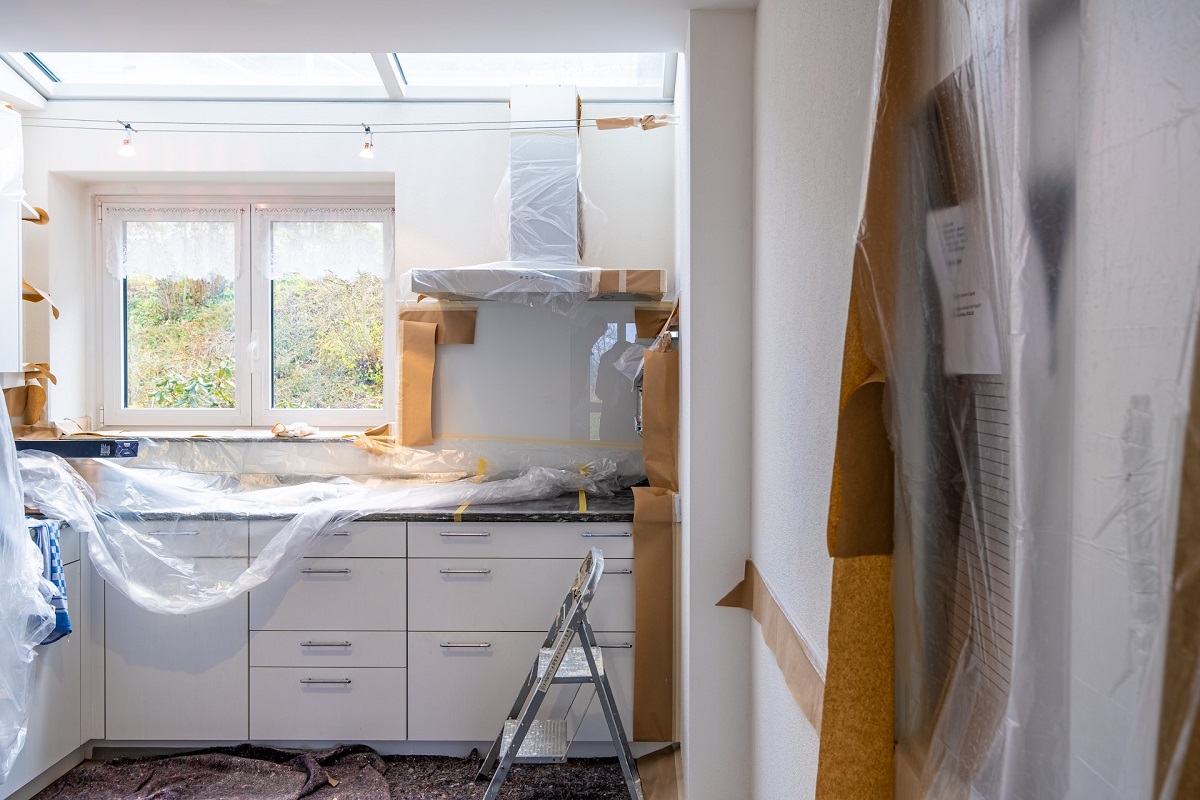
Downsizing your home without downsizing your life
___
Published Date 9/12/2024
Ask any homebuilder about the challenge of designing floor plans and they will tell you that the smaller the footprint, the more complex it becomes. Finding function, flow, and space for all that fits into any homeowner’s life is exasperatingly difficult.
But downsizing is what many homeowners look to do — either to simplify their lives or decrease their financial footprint. But as many homeowners discover, the path to smaller living spaces can be fraught with unexpected challenges. From retirees seeking walkable neighborhoods to empty-nesters craving low-maintenance apartments, the itch to simplify comes in many forms.
The Wall Street Journal’s Antonia van der Meer offers some hard-earned lessons from those who've successfully navigated the downsizing process.
First, don't underestimate your need for space. Many downsizers find they've cut their living space too drastically, particularly when it comes to hosting capacity. Van der Meer cites the example of empty-nesters Deborah Berger and her husband, who moved from a 4,000-square-foot house to a 1,300-square-foot cottage, only to struggle when their grown sons briefly returned home during Covid. The lesson? Consider converting attics or basements into extra bedrooms to maintain flexibility.
Next, rethink your furniture. Interior designer Tami Ramsay advises that about 70% of furnishings from a larger home can often work in a smaller space with some creativity. A pair of bamboo chairs might get a vibrant paint job to brighten a porch, or an armoire could transition from the living room to the bedroom. However, be prepared to part with some pieces. Note: Old sofas rarely work in new spaces.
It’s wise to consider getting professional help. Van der Meer tells the story of Lisa Kachnic, a radiation oncologist, who found downsizing to be "the most daunting task of my lifetime." Frustrated by her unending efforts, she hired a professional designer who divided their belongings into three categories: what could fit in the new space, what could be sold, and what could be donated. The result? A much smoother transition that took weeks instead of months.
It stands to reason that getting creative with storage is key to downsizing. Think about how efficiently RVs and mobile homes must use every square inch of space. When Marilee Bear downsized to a 1,200-square-foot bungalow, she worked with a designer to maximize space with flip-top storage in kitchen banquettes and drawers under beds. She also employed a professional organizer who taught her to continuously prune her belongings, maintaining a donation box for clothes she no longer wears.
While storage units can seem like a convenient solution, they often become a costly way to postpone decision-making. You can find yourself trying to divest items five years after your move and realize you’ve spent thousands on storage in the meantime. Calendar a six-month checkup to see if anything can be removed.
When downsizing, Van der Meer says it’s a good time to consider passing meaningful items along to family members. Encourage your children, nieces or nephews to take furniture by sharing the emotional significance and family history behind the pieces. One of them may cherish a dresser that belonged to a grandparent, complete with stories of its past use.
And lastly, prepare for the unexpected. One downsizer, who wanted to teach her children about "adventure, travel and experience—not things," found herself struggling with an unforeseen issue: storing her growing boys' sports equipment. Flexibility and ongoing organization are key to addressing such surprises.
Wall Street Journal, TBWS
All information furnished has been forwarded to you and is provided by thetbwsgroup only for informational purposes. Forecasting shall be considered as events which may be expected but not guaranteed. Neither the forwarding party and/or company nor thetbwsgroup assume any responsibility to any person who relies on information or forecasting contained in this report and disclaims all liability in respect to decisions or actions, or lack thereof based on any or all of the contents of this report.
First
Priority Home Loans is a DBA of Anchor Funding, Inc. NMLS #236419 &
1626581. California
Bureau of Real Estate,
Real
Estate Broker Number 01276087. Loans made or arranged pursuant
to the
California Department of Business Oversight. California Finance Lenders Law
license number 603 L293.


Andre Enriques
Branch Manager/Mortgage Lender
NMLS: 220937
First Priority Home Loans
891 Kuhn Drive #204, Chula Vista CA
Company NMLS: 236419
Office: 619-323-2066
Cell: 619-208-6499
Email: andrefunds4u@sbcglobal.net

Andre Enriques
___
Branch Manager/Mortgage Lender
NMLS: 220937
Cell: 619-208-6499
Last articles
___

DIYers can do a lot to increase their home’s value
9/19/2024
While Realtors are often the in-the-trenches prognosticators of how to improve y... view more

Volatility remains high after major FOMC meeting
9/19/2024
Initial Weekly Jobless Claims were lower (better) than expected, 219K versus est... view more

Markets will be focused on what the Fed does this afternoon
9/18/2024
This afternoon is the widely anticipated FOMC rate cut. It will be the first cut... view more

Is the worst nearly in the rearview mirror for homebuyers?
9/17/2024
If Bob Dylan was right about "The times, they are a-changin’,” it’s time at last... view more

Timing is everything for homebuyers right now
9/16/2024
As the real estate market continues to challenge buyers with high prices and hef... view more

Three things that could impact rates this week
9/16/2024
These are the three areas that have the greatest ability to impact rates this we... view more

When good fences make bad neighbors
9/13/2024
When Bugs Bunny once said, “Of course you know: This means war,” it’s doubtful h... view more

Downsizing your home without downsizing your life
9/12/2024
Ask any homebuilder about the challenge of designing floor plans and they will t... view more
Load more
 First Priority Home Loans
First Priority Home Loans























